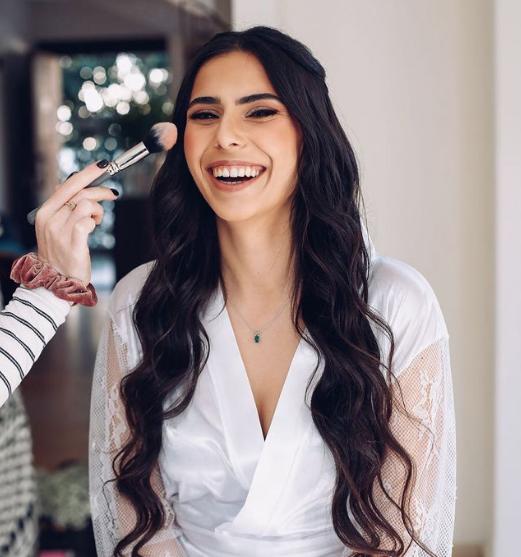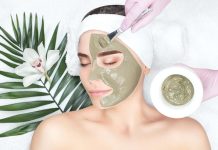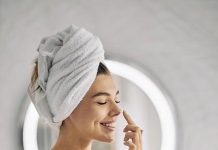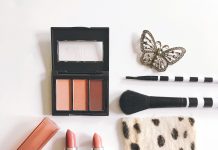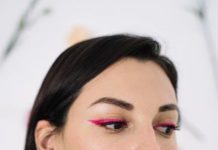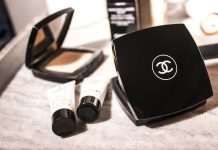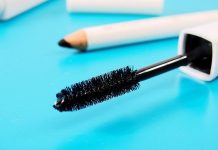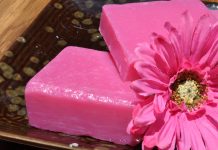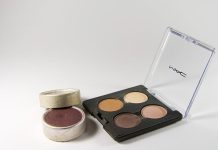In the ever-evolving world of beauty and personal care, one question continues to spark curiosity and debate: should men and women follow different haircare routines? As we navigate the diverse landscape of hair types, textures, and individual needs, the notion of a gender-specific approach to haircare invites us to explore deeper. Is it biology that dictates our choices, or do cultural norms and marketing strategies play a larger role? This article delves into the science and societal influences behind haircare routines, offering insights into whether the path to luscious locks truly differs between men and women. Join us as we unravel the strands of this intriguing topic, blending fact with perception in the quest for optimal hair health.
Understanding Hair Biology: The Science Behind Gender Differences
At the core of hair biology lies a fascinating interplay of hormones and genetics that influences the texture, thickness, and growth patterns of hair. While both men and women share the same basic hair structure—comprising the cuticle, cortex, and medulla—distinct hormonal differences can lead to unique characteristics. For instance, androgens like testosterone play a significant role in determining hair density and growth speed, often resulting in thicker, coarser hair in men. Conversely, estrogen in women can lead to softer, finer hair textures. These hormonal influences may necessitate tailored haircare routines to cater to specific needs.
- Hormonal Impact: Men’s hair may require products that manage oiliness due to higher sebum production, while women might focus on moisture retention.
- Genetic Factors: Genetic predispositions can influence susceptibility to conditions like male pattern baldness or female hair thinning, guiding personalized care approaches.
- Environmental Interaction: Both genders should consider external factors such as pollution and UV exposure, but the response and resilience can differ.
Understanding these biological differences is crucial in developing effective haircare routines that are not only gender-sensitive but also personalized to individual needs.

Tailored Treatments: Adapting Haircare to Individual Needs
Every individual’s hair is a unique tapestry woven with diverse textures, lengths, and conditions. To achieve optimal hair health, it’s essential to embrace personalized haircare routines that address specific needs. While some fundamentals of haircare apply universally, men and women may benefit from tailored approaches due to differences in hair types and styling preferences.
- Scalp Care: Men often deal with shorter hair and may experience issues like dandruff or oiliness more frequently. A clarifying shampoo can help balance these concerns, whereas women might focus on hydration and volume.
- Styling Products: Women often experiment with a variety of styling products, from heat protectants to volumizers, while men might prefer lightweight gels or pomades that cater to their shorter styles.
- Hair Treatments: Regular conditioning treatments are beneficial for both, but the frequency and type can vary. Women with long hair may require intensive moisture masks, whereas men might opt for leave-in conditioners for simplicity.
Ultimately, understanding one’s hair type and lifestyle is key to crafting a routine that nourishes and enhances natural beauty. Embrace the nuances of individual hair needs to unlock the full potential of your locks.

Product Choices: Navigating the Aisles with Confidence
When it comes to selecting the right haircare routine, the choices can feel overwhelming. However, the decision doesn’t necessarily need to be gender-specific. Both men and women should focus on their individual hair types and concerns rather than strictly adhering to traditional gender norms. Consider the following factors:
- Hair Type: Is it curly, straight, wavy, or coily? Each type demands different care.
- Scalp Condition: Whether oily, dry, or sensitive, the scalp needs attention too.
- Styling Preferences: Frequent styling might require additional products like heat protectants.
- Environmental Factors: Consider humidity, pollution, and other local conditions.
By focusing on these elements, anyone can build a haircare routine that truly caters to their personal needs. It’s all about understanding what your hair craves and providing it with the right products and care, regardless of gender.
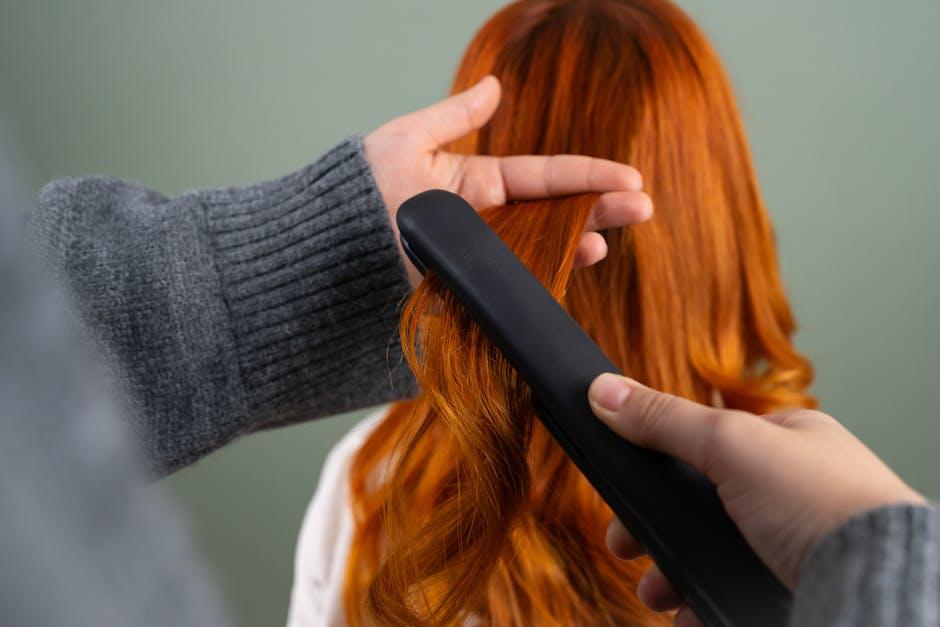
Expert Tips: Crafting Your Perfect Haircare Routine
While hair type often dictates the foundation of a haircare routine, gender-specific differences can also play a role. Both men and women can benefit from tailored approaches, but the core principles remain largely the same. Here are some expert tips to help you craft a personalized routine:
- Understand Your Hair Type: Whether your hair is straight, curly, oily, or dry, identifying its characteristics is crucial. This understanding will guide your choice of products and treatments.
- Frequency of Washing: Men often wash their hair more frequently due to shorter styles, while women might opt for less frequent washes to maintain natural oils. Adapt based on your hair’s needs.
- Product Selection: Choose products that address specific concerns. Men might focus on scalp health and thinning, while women might prioritize moisture and color protection.
- Styling Considerations: Consider the impact of styling tools and products. Use heat protectants and choose styles that minimize damage.
Remember, the best routine is one that fits seamlessly into your lifestyle while promoting healthy, vibrant hair.
